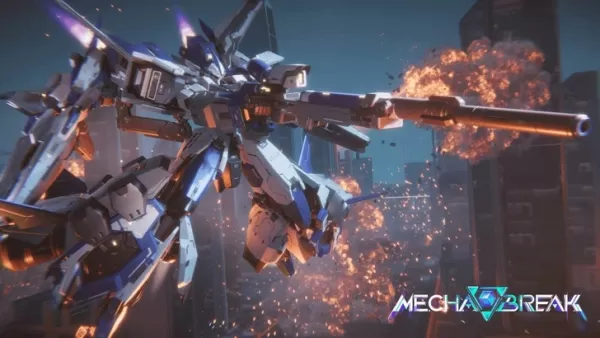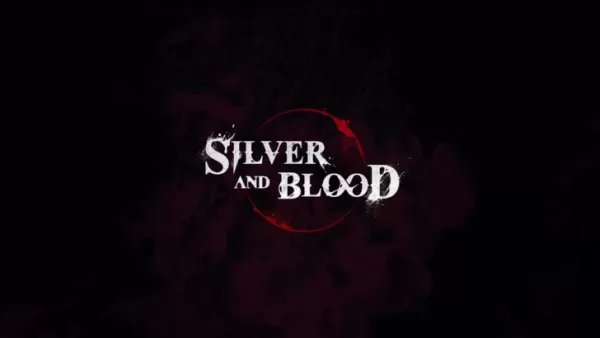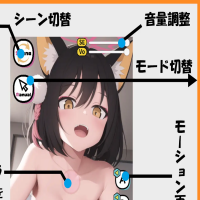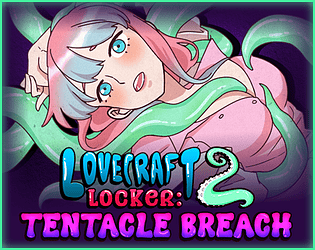Thanks to a renewed focus on the core ideas that originally defined the series, Assassin’s Creed Shadows delivers the most satisfying experience the franchise has seen in years. The game's parkour system, reminiscent of the best elements from Unity, allows you to fluidly transition from the ground to castle rooftops. The addition of a grappling hook enhances this experience, making your ascent to the perfect vantage point even quicker. When perched high above on a tightrope, you're just a drop away from executing the perfect kill—provided you're playing as Naoe. However, switch to Yasuke, the game's second protagonist, and you're in for a completely different experience.
Yasuke is slow, clumsy, and incapable of silent kills. His climbing is laborious, making him a stark contrast to the typical agile Assassin’s Creed protagonist. This design choice by Ubisoft is both baffling and fascinating, as playing Yasuke feels like stepping away from the traditional Assassin’s Creed gameplay.
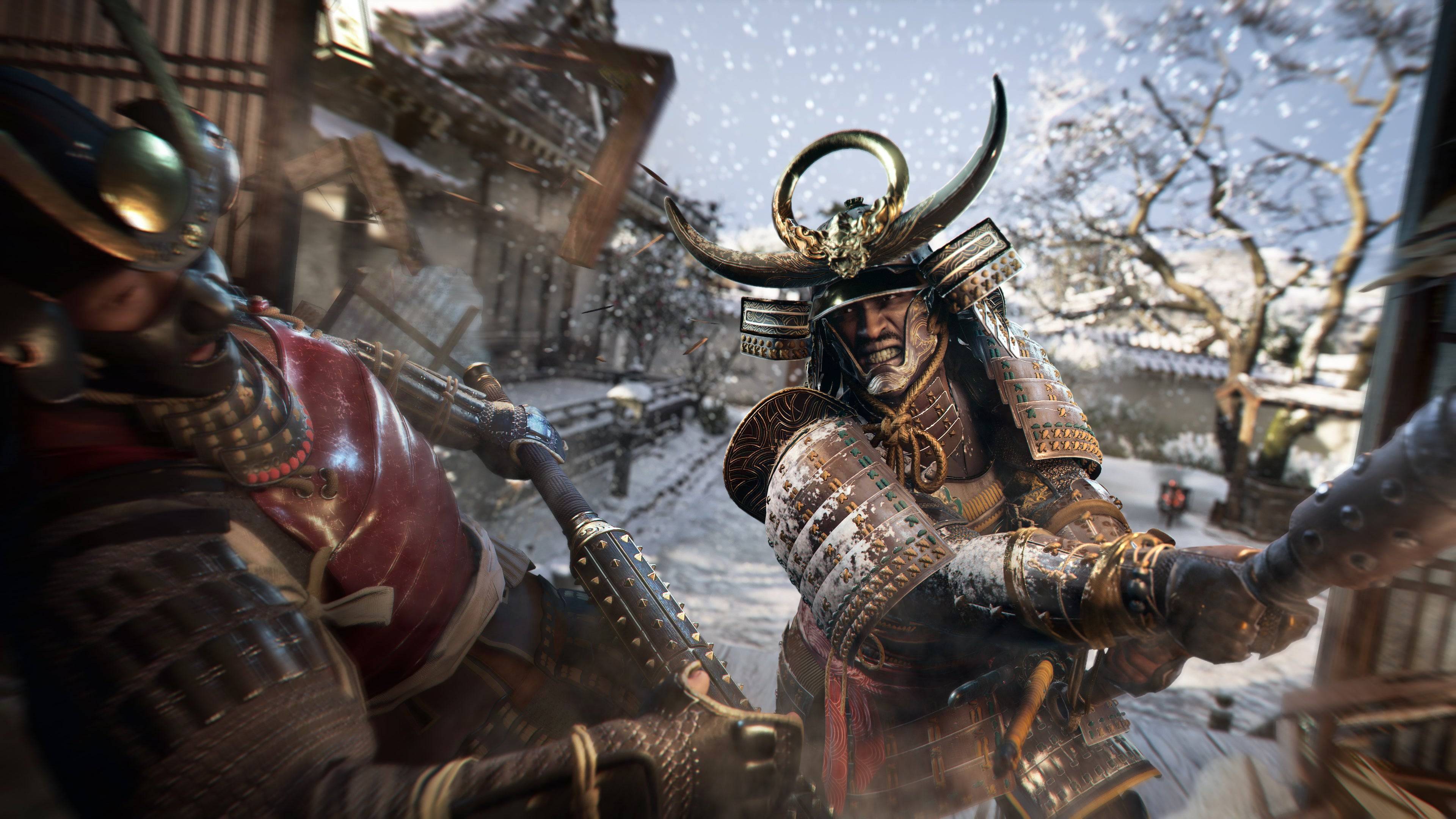
Initially, the significant difference between Yasuke’s abilities and the series' fundamental philosophy was frustrating. Why include an Assassin’s Creed protagonist who struggles with climbing and silent takedowns? However, as I spent more time with Yasuke, I began to appreciate his unique design. Despite his limitations, Yasuke addresses some of the challenges the series has faced in recent years.
You don't play as Yasuke until several hours into the campaign, after spending your initial hours controlling Naoe, a swift shinobi who embodies the assassin archetype better than any protagonist in a decade. The transition to Yasuke is jarring. This towering samurai is too large and loud to effectively sneak through enemy camps and struggles with anything beyond basic climbing. His inability to easily access high vantage points hampers his ability to survey and strategize, forcing a more grounded approach. Without tools like Naoe's Eagle Vision, Yasuke relies solely on his raw strength.
Assassin's Creed has traditionally been about stealthy kills and vertical exploration—concepts that Yasuke directly opposes. Playing as him feels more akin to Ghost of Tsushima than Assassin’s Creed, with a focus on fierce combat over stealth. Yasuke's design challenges players to rethink how they approach the game, moving away from the effortless climbing of past protagonists to a more strategic use of the environment.
While Yasuke's reach is limited, careful observation reveals hidden pathways tailored to his abilities, such as leaning tree trunks or open windows on castle walls. These routes guide him to his objectives but limit his overall freedom in exploration. His primary stealth move, the "Brutal Assassination," is anything but subtle, serving more as a combat starter than a stealth kill. Yet, when combat ensues, Shadows offers some of the best swordplay the series has seen in over a decade, with purposeful strikes and a variety of techniques.
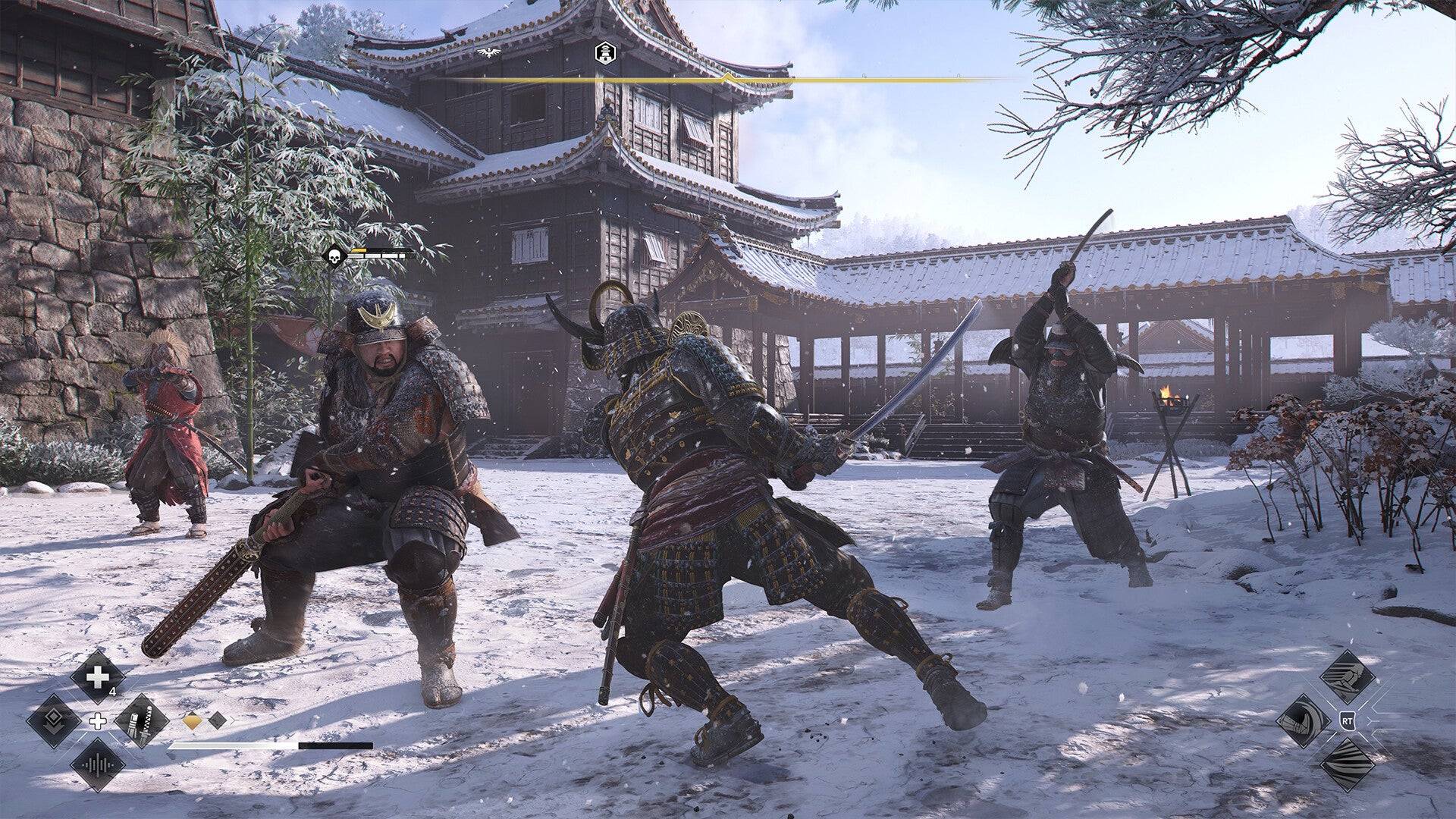
The separation of combat and stealth into two distinct characters prevents the blending of styles seen in previous titles like Origins, Odyssey, and Valhalla. Naoe's fragility ensures that combat remains tense and forces you to maintain the stealth loop, while Yasuke's strength allows you to tackle the game's challenges head-on. His skill tree, which unlocks over time, adds depth to his combat abilities.
Despite the intention behind Yasuke's design, integrating him into the Assassin’s Creed framework remains challenging. The series has always been about stealthy kills and vertical exploration, elements that Yasuke fundamentally opposes. Although characters like Bayek and Eivor leaned heavily into action, they still adhered to the core mechanics of an Assassin’s Creed protagonist. Yasuke, thematically fitting as a samurai, struggles to fit within the traditional gameplay loop.
The real challenge for Yasuke is the presence of Naoe, who is mechanically superior and embodies the ideal Assassin’s Creed protagonist. Her stealth toolkit, combined with the verticality of Sengoku Period Japan, offers an experience that truly fulfills the promise of the series. Naoe's climbing is more realistic yet still exhilarating, and her combat, while less durable than Yasuke's, is equally impactful.
AnswerSee ResultsNaoe benefits from the design changes that also shape Yasuke, offering a more realistic approach to climbing while maintaining the series' signature mobility. This raises the question: why choose Yasuke when Naoe offers a more complete Assassin’s Creed experience?
Ubisoft's intent to provide two distinct playstyles with Yasuke and Naoe is admirable, yet it creates a double-edged sword. Yasuke's unique approach offers a fresh take on the series, but it also directly opposes the foundational elements that make Assassin’s Creed unique. While I'll occasionally return to Yasuke for the thrill of his combat, it's through Naoe that I'll truly explore the world of Shadows. With Naoe, I feel like I'm playing Assassin’s Creed.


